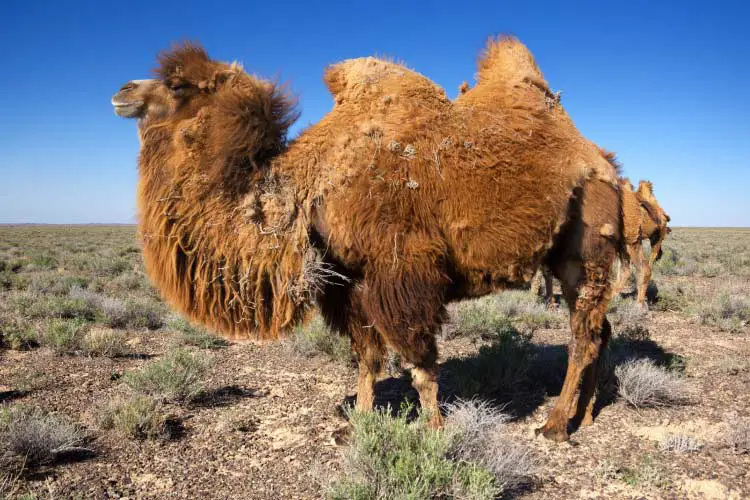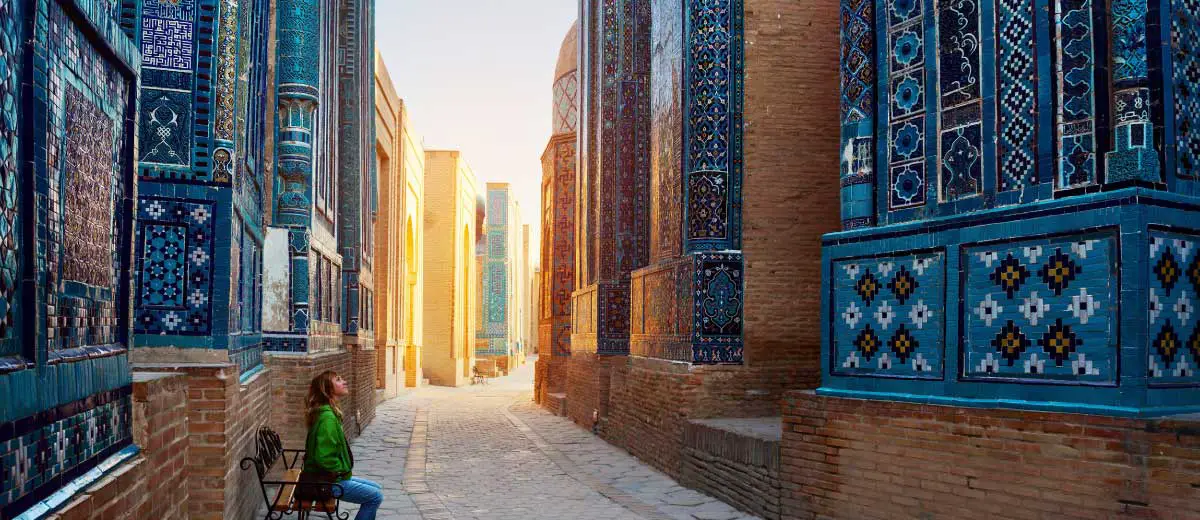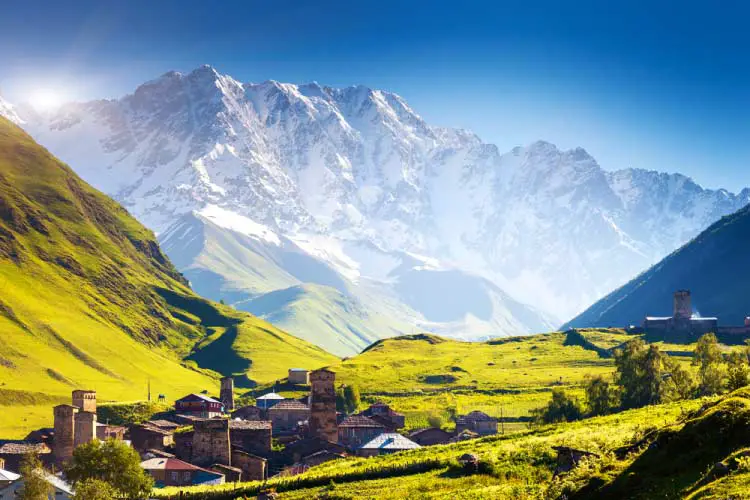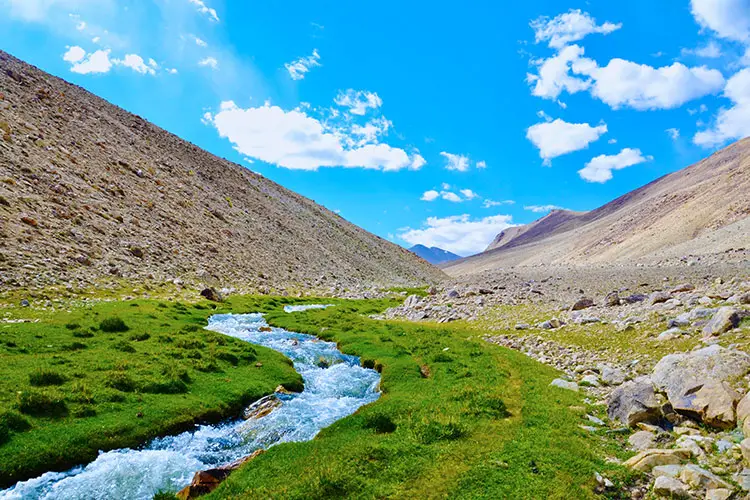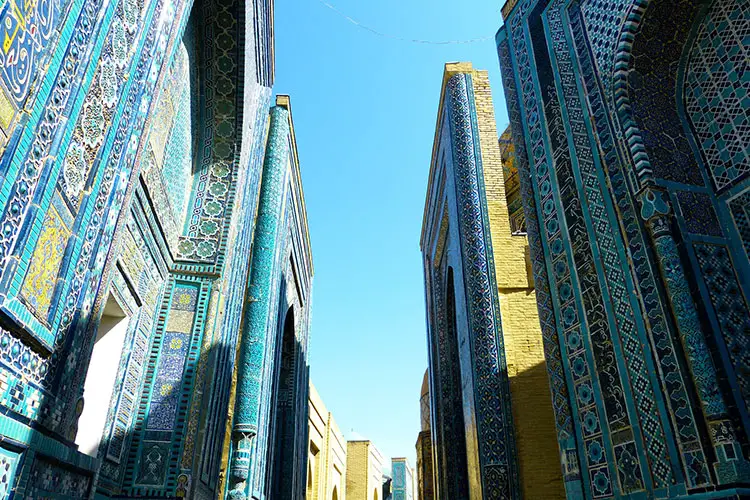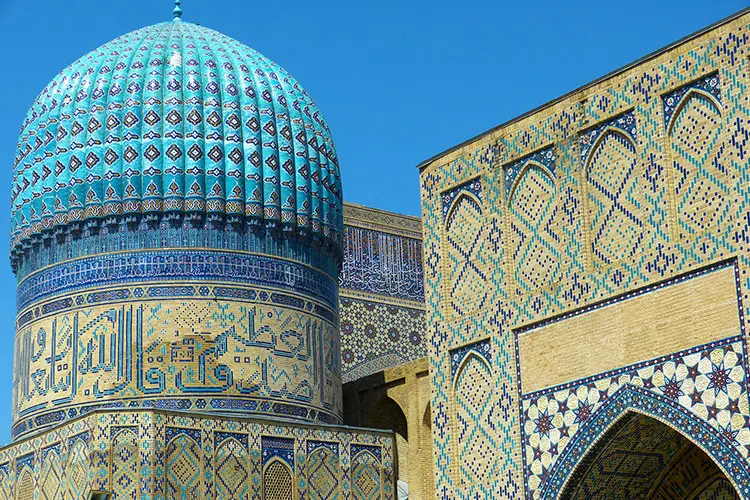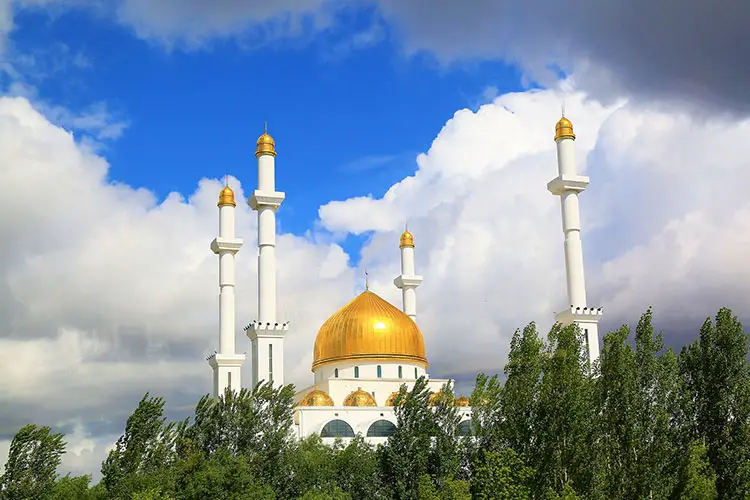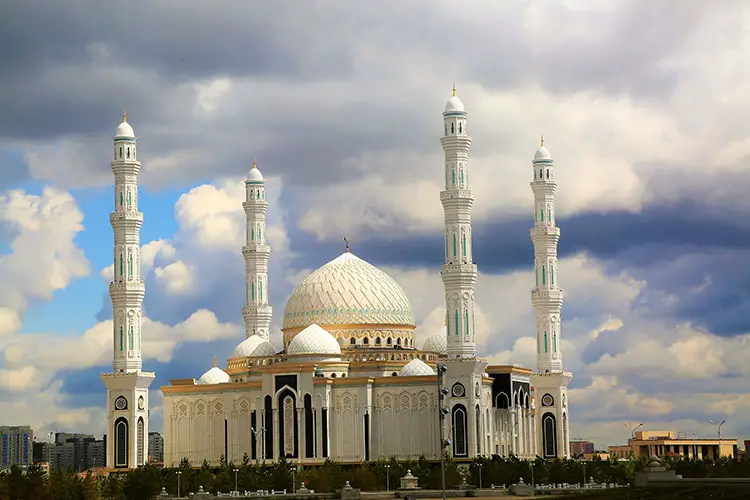Central Asia
Although this area is rarely lauded as a tourist hotspot, the region of Central Asia does have a lot to offer travellers. The countries in this region include Georgia, Uzbekistan, Kazakhstan, Tajikistan, Armenia, and several others. Due to its close proximity to Africa and the Middle East, Central Asia was one of the first regions settled thousands of years ago. Throughout the history of the region, a number of different civilizations have called Central Asia home.
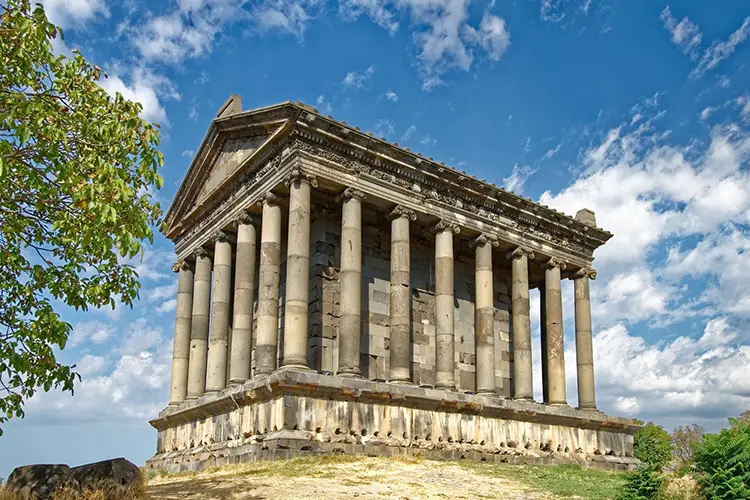
For most of the earlier part of its history, Central Asia was dominated by nomadic tribesmen, as large scale agriculture is quite difficult in this region. While this nomadic lifestyle may not have left many ruins for modern-day travellers to explore, it did contribute greatly to the development of humankind in a number of different ways. For instance, scholars suspect that the horse was first domesticated in Kazakhstan.
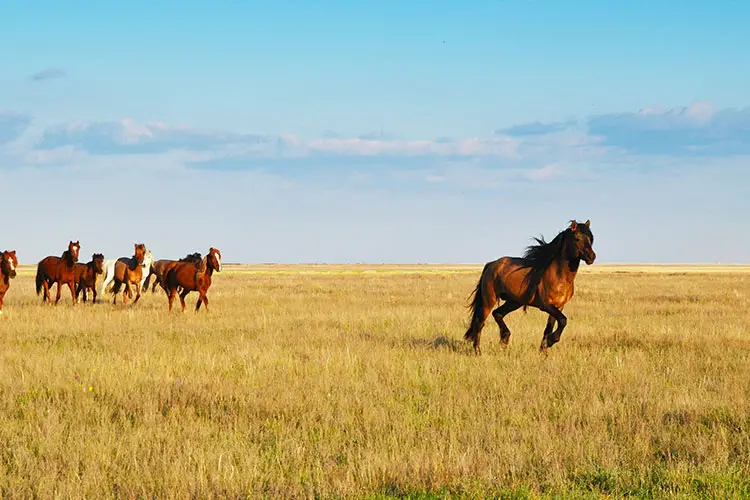
Following the establishment of the Silk Road, Central Asia became a hotspot for travelling tradesmen. Eventually, the area would come under Mongol rule, though nomadic tribes consistently warred for control of the region.
The beautiful landscape of Central Asia | Left – Ushguli, Georgia & Right – Tajikistan
In the 1800s, the Russian Empire began to spread into Central Asia. Russia‘s influence would culminate in the 1900s when much of Central Asia fell under Soviet Rule. As a matter of fact, the modern boundaries of Central Asia only existed after the dissolution of Soviet rule in the 1980s-1990s. Today, the region is largely autonomous and semi-democratic. Furthermore, the region has experienced an explosion in cultural growth, increasing its appeal to travellers.
Shah-i-Zinda Necropolis, Samarkand, Uzbekistan | Photo: LoggaWiggler
Central Asia Highlights
Ashgabat, Turkmenistan
Although Central Asia has traditionally been a nomadic region, modern Central Asia has become somewhat urbanized, and it is in the cities that travellers will find the richest examples of the cultural heritage of the region. One of the more interesting cities in the region is Ashgabat, the capital of Turkmenistan.

Compared to many of the other cities in the region, Ashgabat is quite young, tracing its root back to 1881. However, the region around Ashgabat has been populated for some time, as the ancient capital of the Parthian Empire, Nisa, stood nearby. Furthermore, the ruins of the Silk Road trading city of Konjikala can be seen in modern-day Ashgabat. The city is well known for its museums, as well as its close proximity to the Kopet-Dag mountain range.
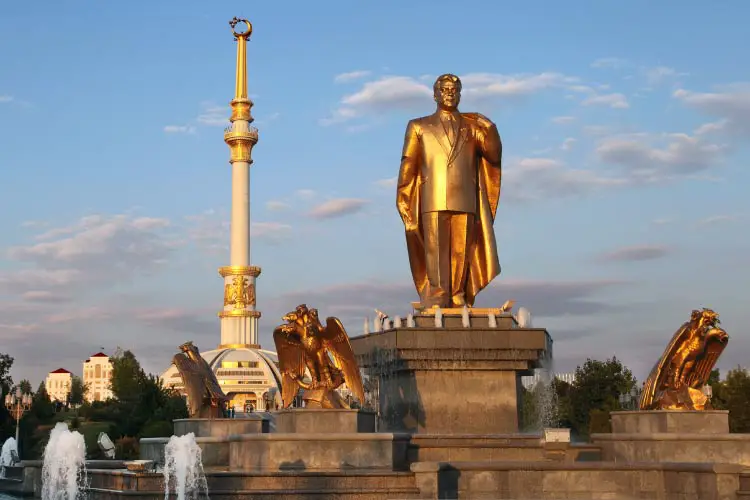
Nur-Sultan, Kazakhstan
Another city worth visiting in Central Asia is Nur-Sultan. Although it is the second-largest city in Kazakhstan, the city was designated as Kazakhstan’s capital in 1997 and renamed Astana (it was formerly called Akmola). In 2019 it was then renamed Nur-Sultan after former President Nursultan Nazarbayev.
The beautiful mosques of Nur-Sultan, Kazakhstan: Left Nur-Astana Mosque & Right Hazrat Sultan Mosque | Photos: Konevi
The city as a whole is quite wealthy, boasting a number of ultramodern buildings. In fact, the city’s architecture is one of its biggest draws. The city is also known for its regional sports teams, which draw large crowds from across the region.
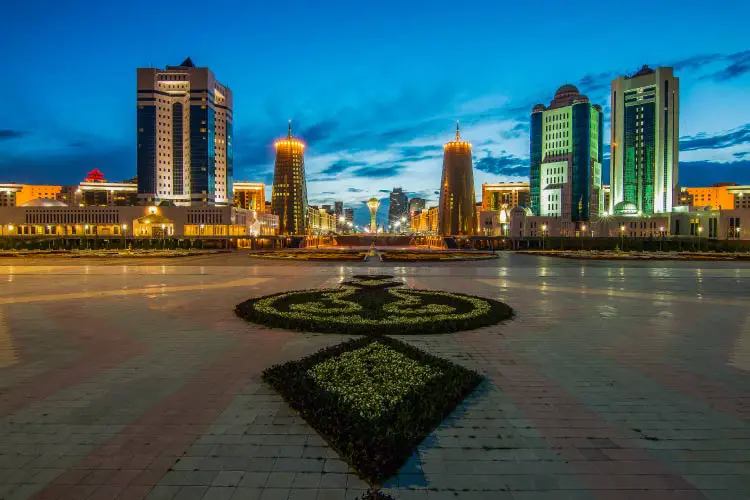
Central Asian Food
As previously mentioned, the peoples of Central Asia have historically been nomadic. As such, livestock plays a huge role in the cuisine of the area. Meats and livestock products are commonly found, and often times are paired with bread.

Furthermore, soups and teas are omnipresent in Central Asia. Meals in this area of the world are served in several courses and treated as a cultural event rather than a necessity, which makes for a fantastic travel experience.
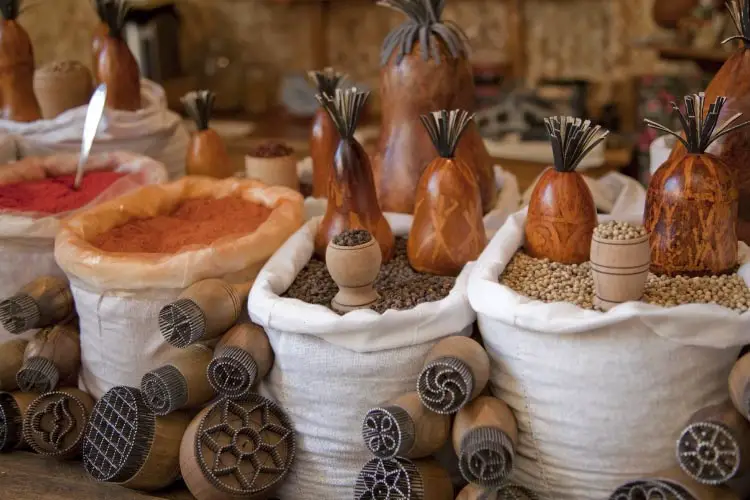
Wildlife in Central Asia
Officially classified as a ‘steppe’, the arid grasslands of Central Asia are a tough place to find much wildlife. However, the region also features relatively young mountains, and in these ecosystems, unique and endemic fauna abound. Camels, wild boar, badgers, lynx, and woodpeckers are all found in the area.
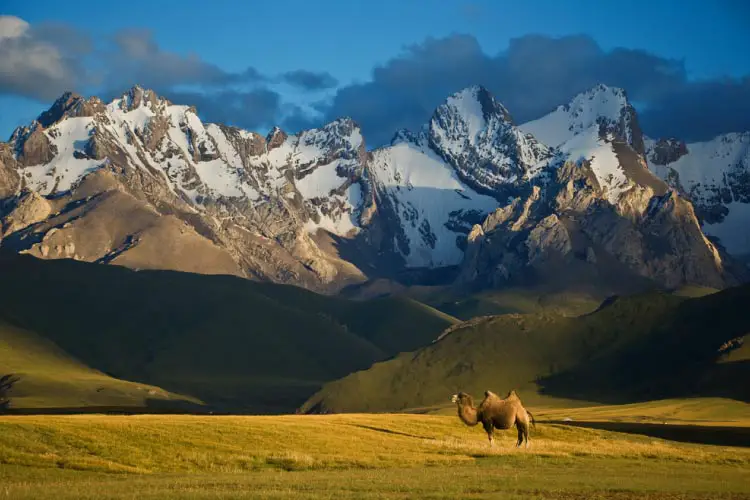
Famously, Central Asia is also home to a number of bears, often at population densities much higher than almost anywhere else in the world. While the region isn’t often lauded for its flora and fauna, the wildlife it does contain is quite dramatic, and ecotourism in Central Asia has been on the rise in recent years.
